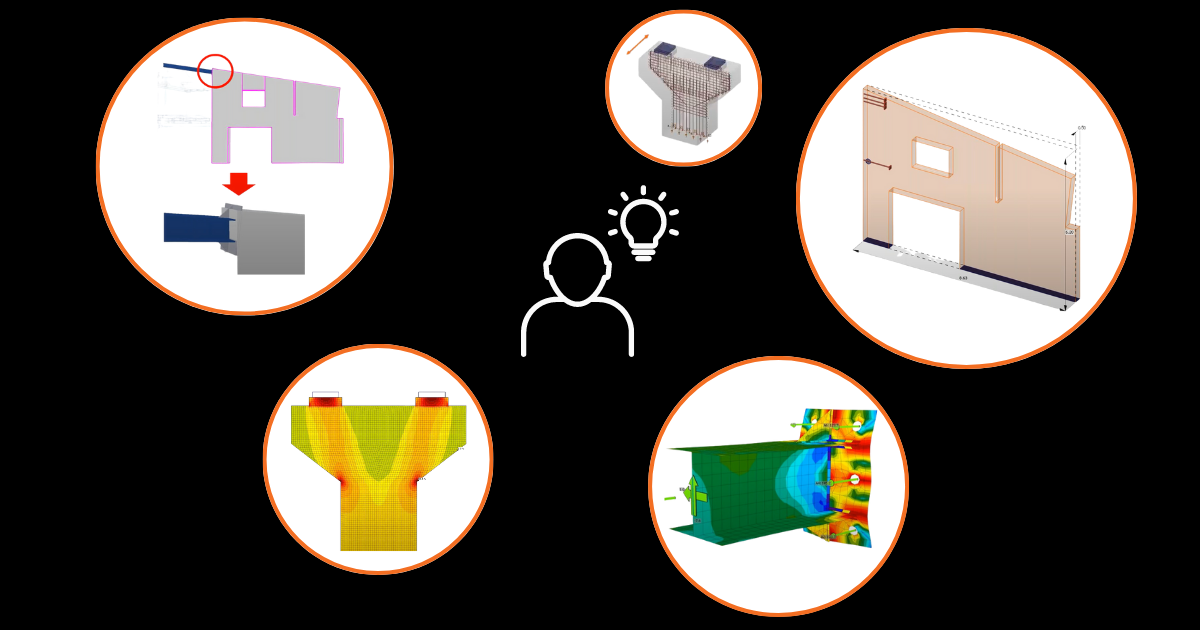Supports in IDEA StatiCa Detail - Advanced Topics
From frequent customer inquiries and our own experience, we have put together the following topics:
- How to apply a horizontal force occurring in the bridge bearing
- How to input axial stiffness of the line support in the vertical direction Z
- What load transfer device can be used for the simulation of tension in anchors?
- Transfer of reactions through the bearing plate
- How to get the forces in the anchors
Each issue is briefly described and then explained as part of an already streamed webinar.
Note: If you need a reminder of what types of support can be used in the application, continue to the article Types of supports in IDEA StatiCa Detail
How to apply a horizontal force occurring in the bridge bearing
We have a fixed bridge bearing with constraining displacements in the transverse direction of a bridge.
The correct modeling of the reaction, occurring in the bearing, is realized via applying a horizontal force directly to the concrete.
How to input axial stiffness of the line support in the vertical direction Z
The complex behavior of the structure as redistribution of the stresses and also deformations are affected by the stiffness of the supports. We input the vertical stiffness in ,, Z,, direction to obtain a more precise model. The calculation of the axial stiffness can be expressed according to this equation: Kz = E*A/L
What load transfer device can be used for the simulation of tension in anchors?
The entity for transferring a tensile force in anchors in IDEA StatiCa Detail is "Hanging". This load transfer device is only capable to cover tensile forces. Due to the bond between concrete and anchors (hangings) and subsequently reinforcement we get the response of the structure with the influence of the global and local effects on the wall and anchors.
Transfer of reactions through the bearing plate
During the export of loads and reactions from the BIM model, it is necessary to transfer the reactions through the bearing plate. Unless the reactions are transferred through the bearing plate the model is getting divergence.
Watch the cutout from one of our webinars to learn how to set the transfer of reactions through the bearing plate.
How to get the forces in the anchors
The internal forces in the joint induce the compression/tension under the anchoring plate. We have to perform the analysis to receive adequate loads, which will be used as the loads to the IDEA StatiCa Detail model. The tensile forces in the anchors can be acquired either some simplifications using the assumption of a rigid body plate and linear redistribution of the forces in the anchors or using application IDEA StatiCa Connection, which considers real stiffness of the anchoring plate with the effect of prying.


